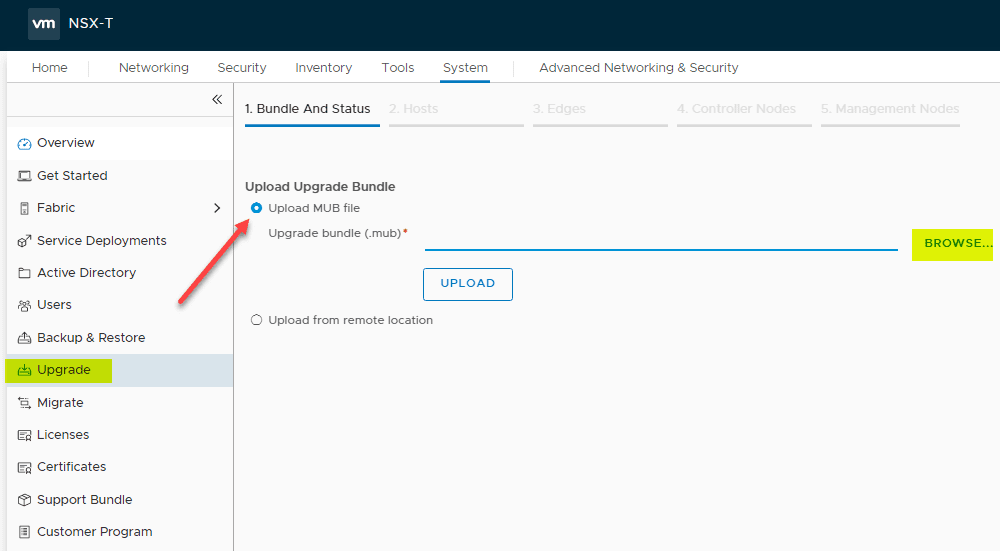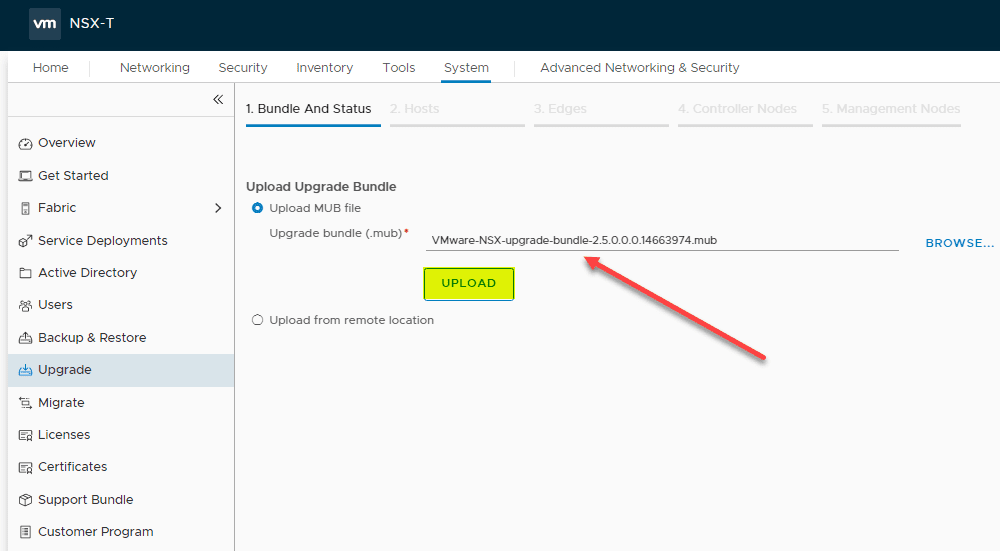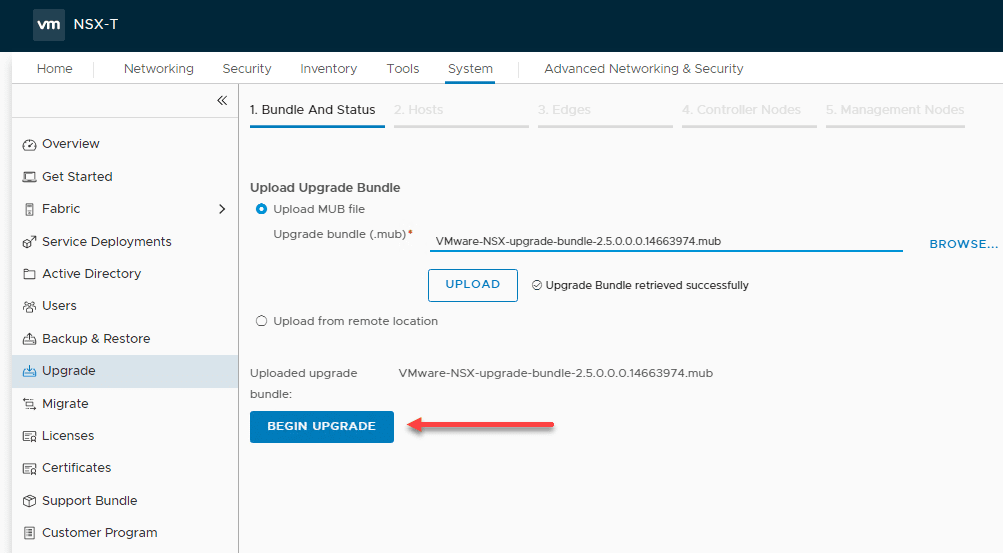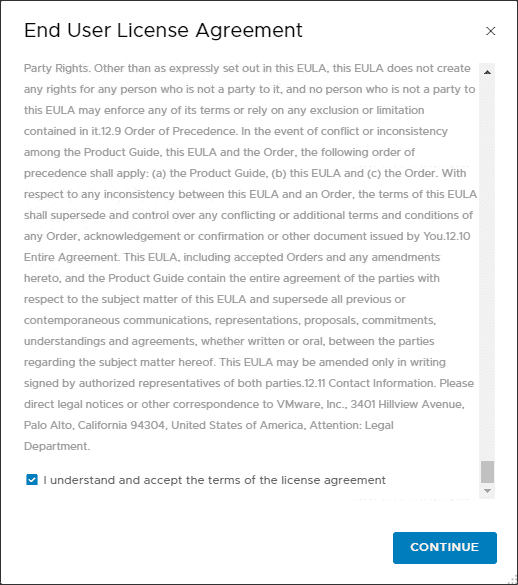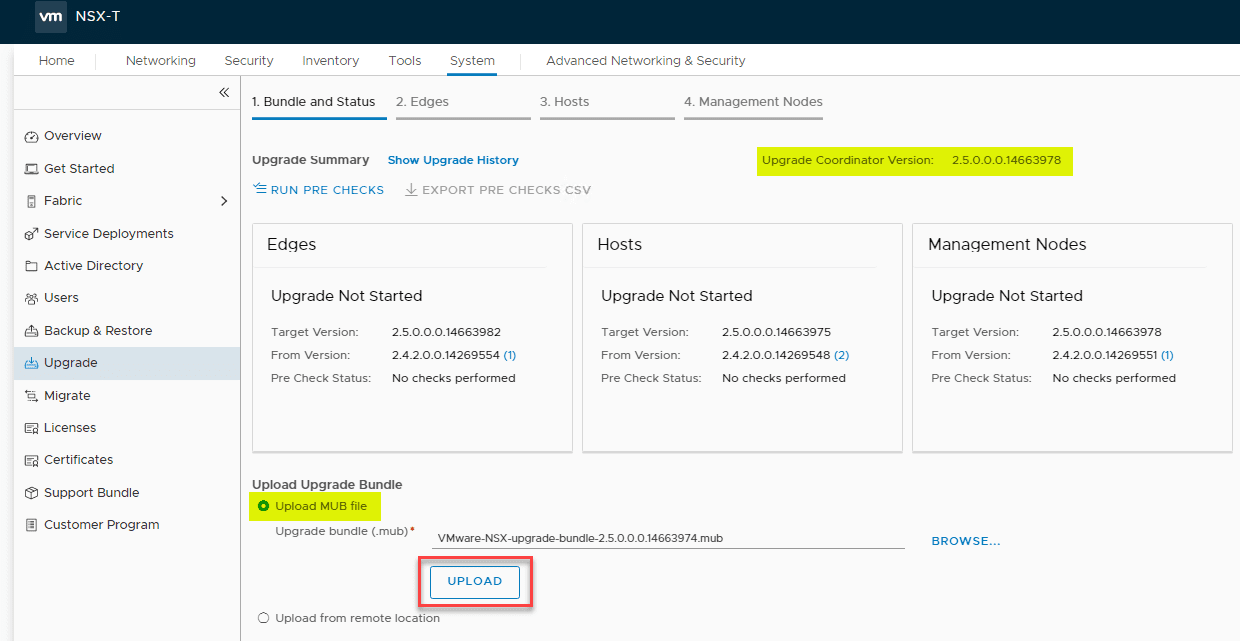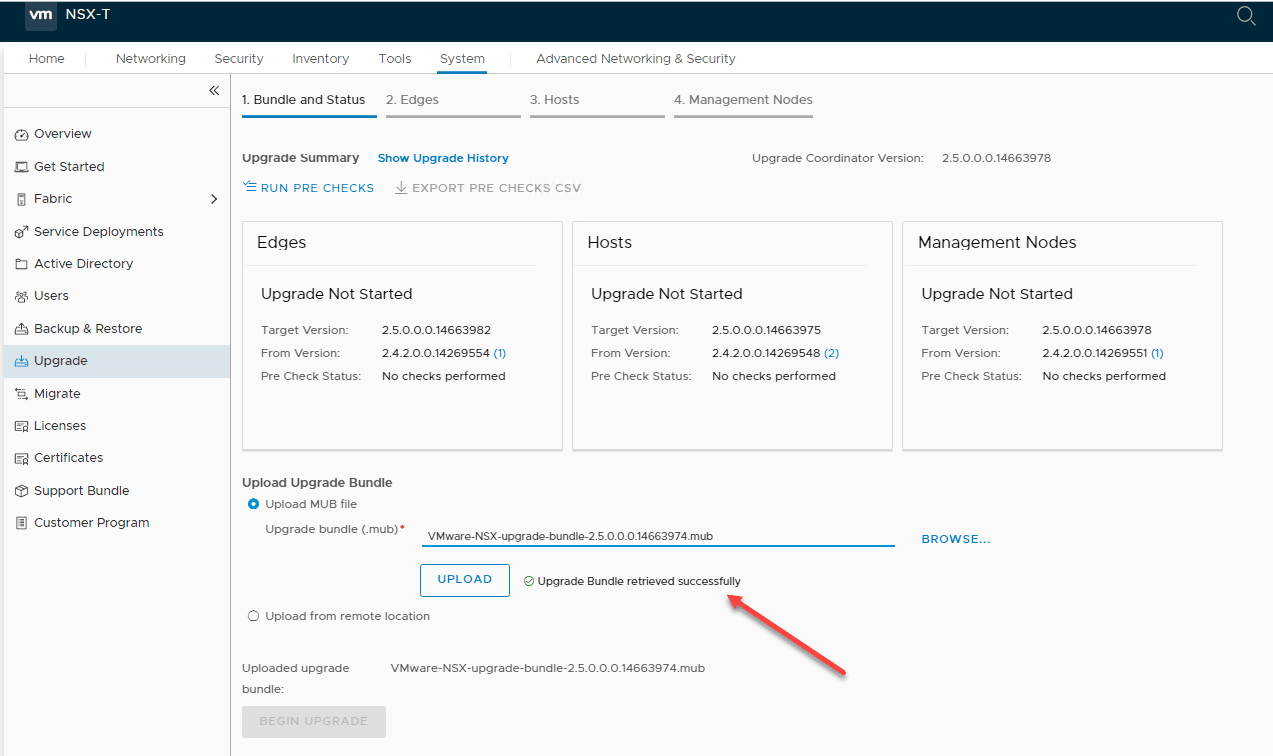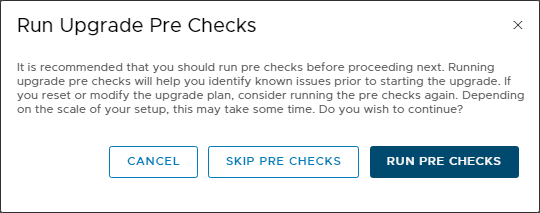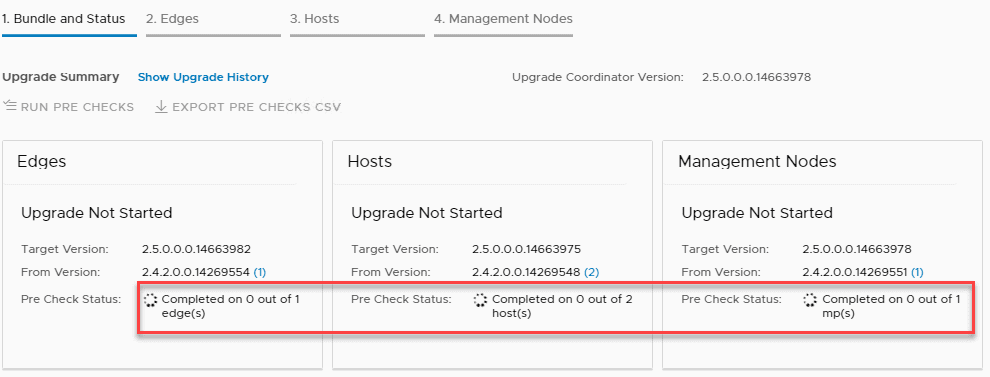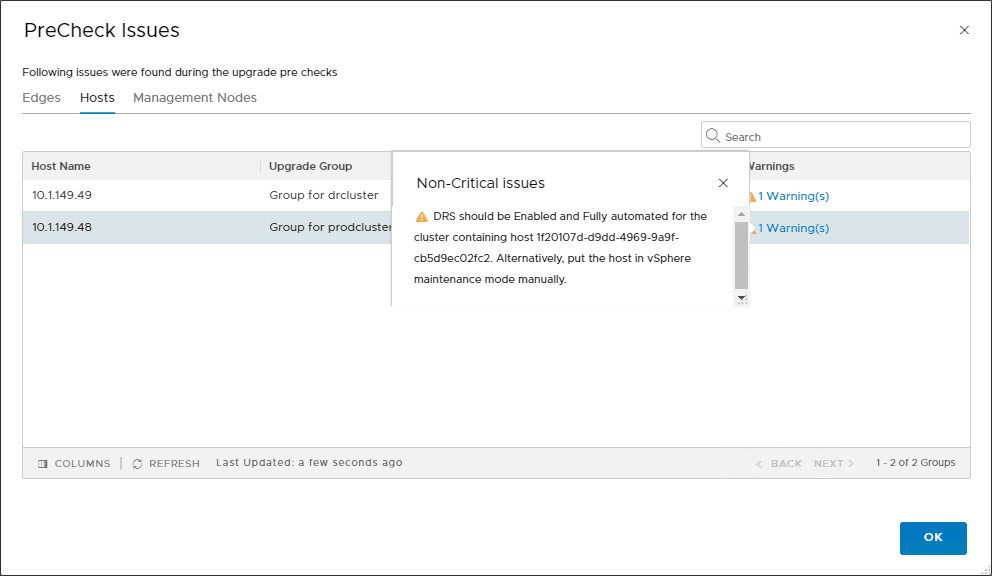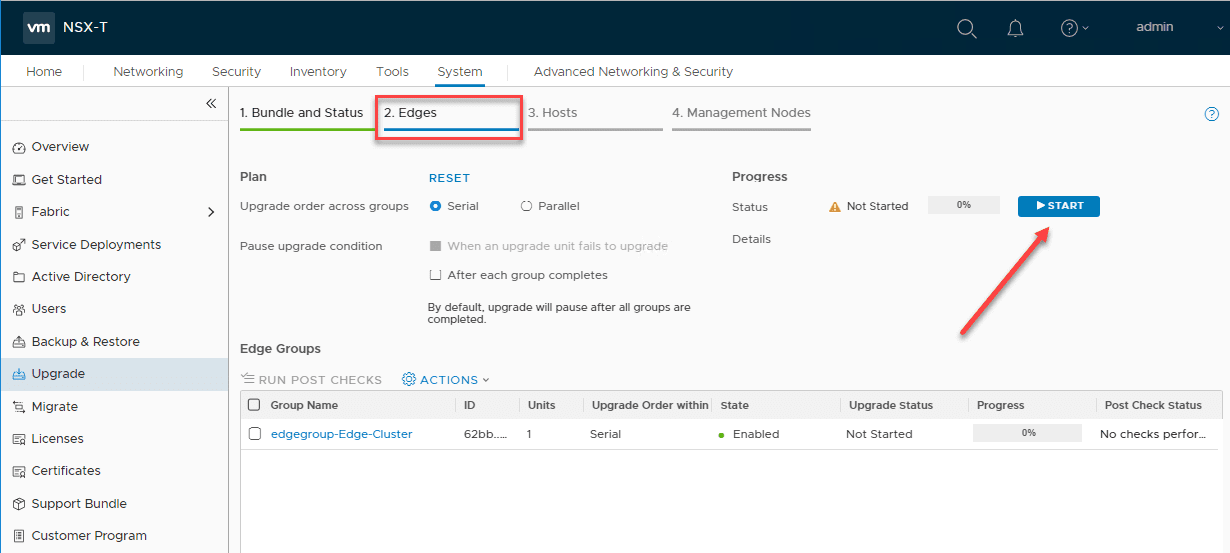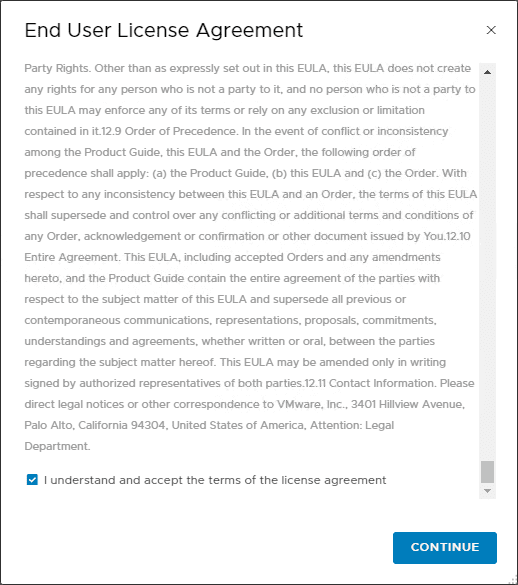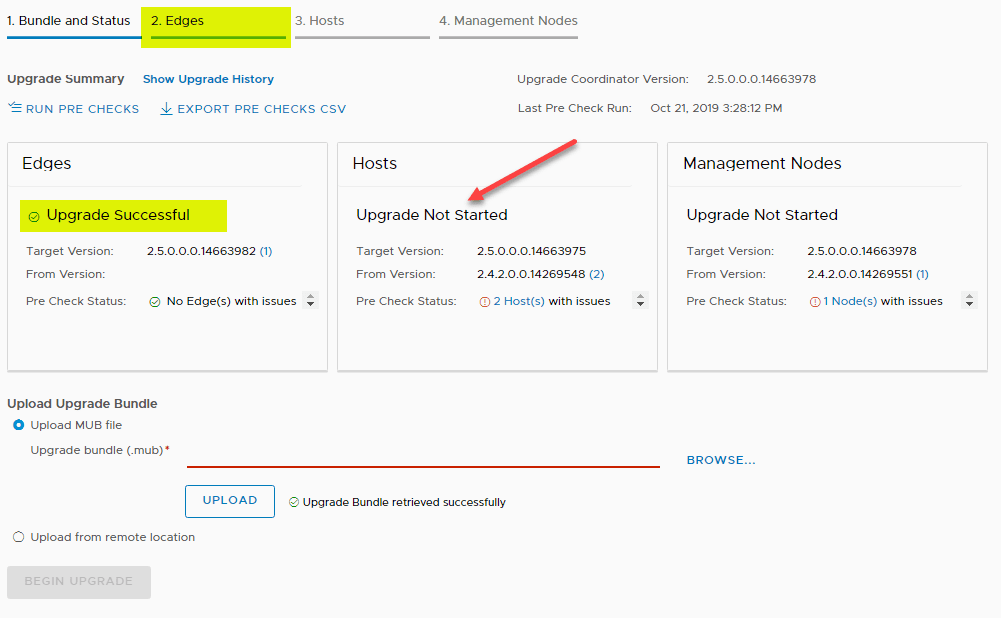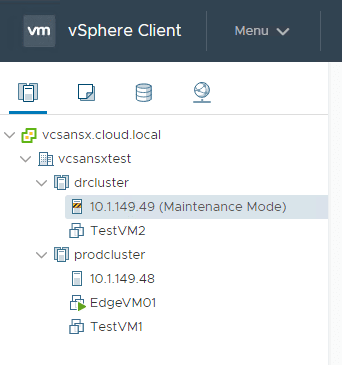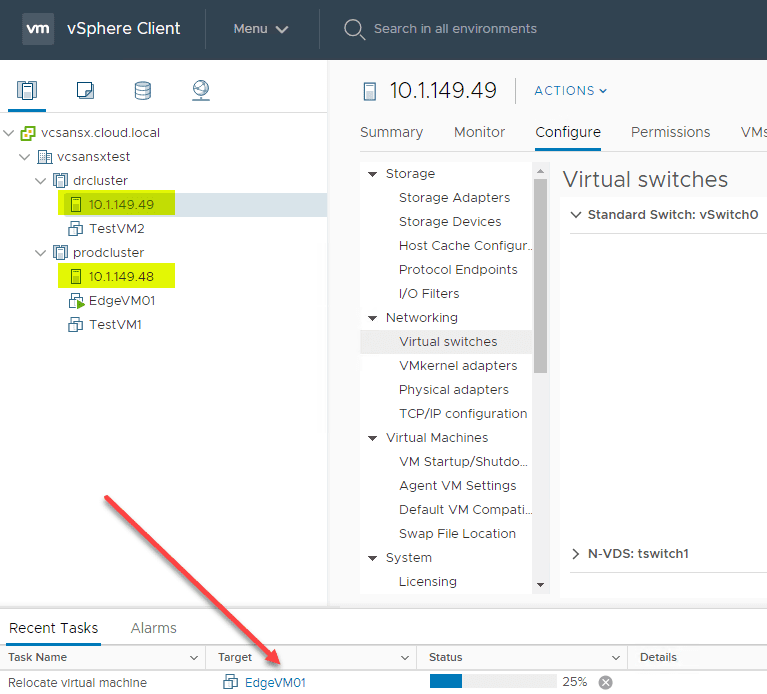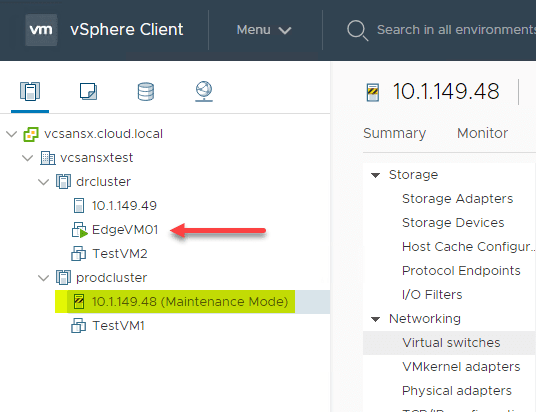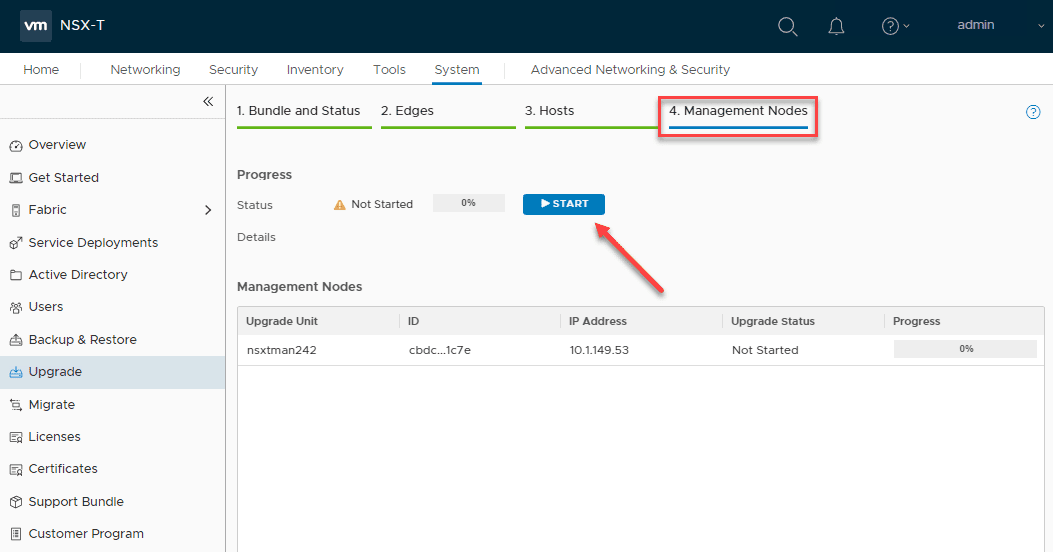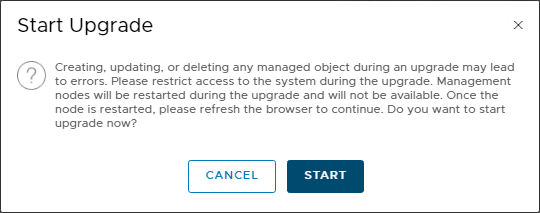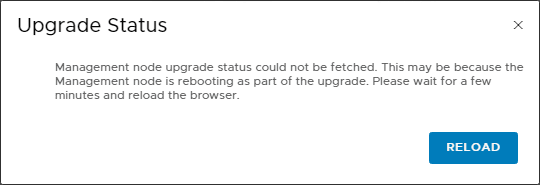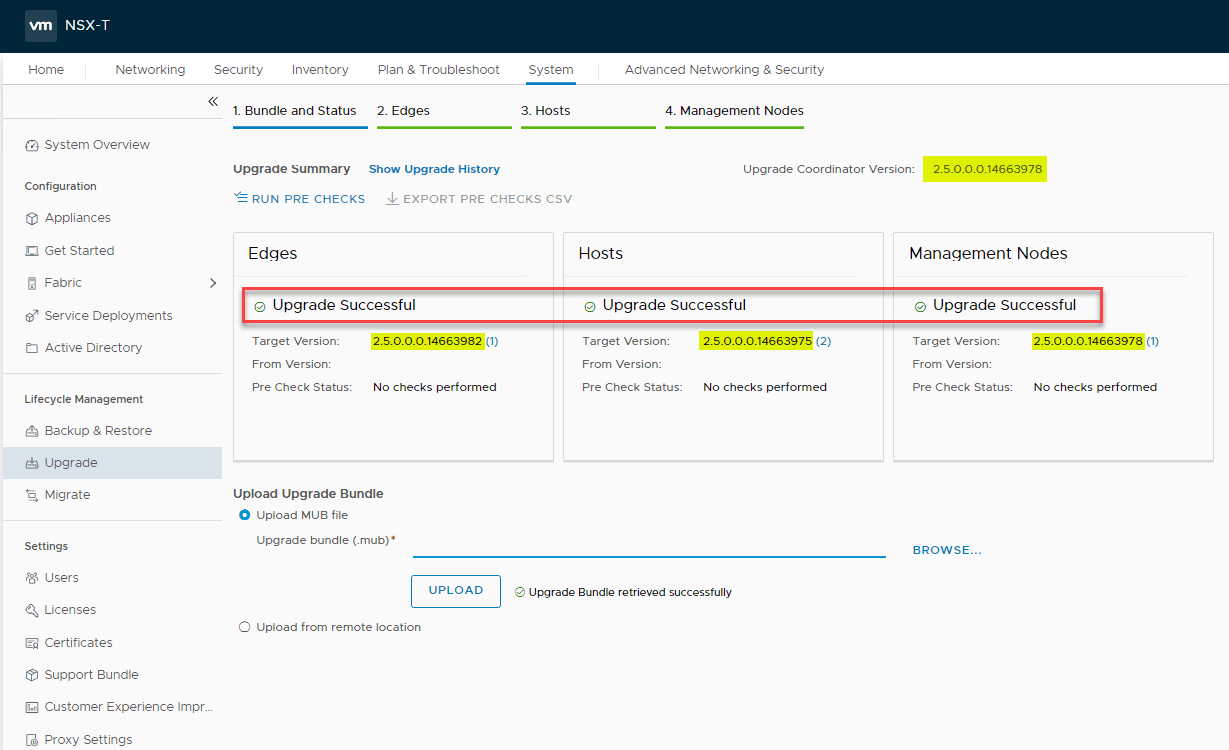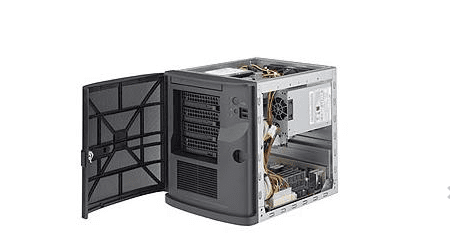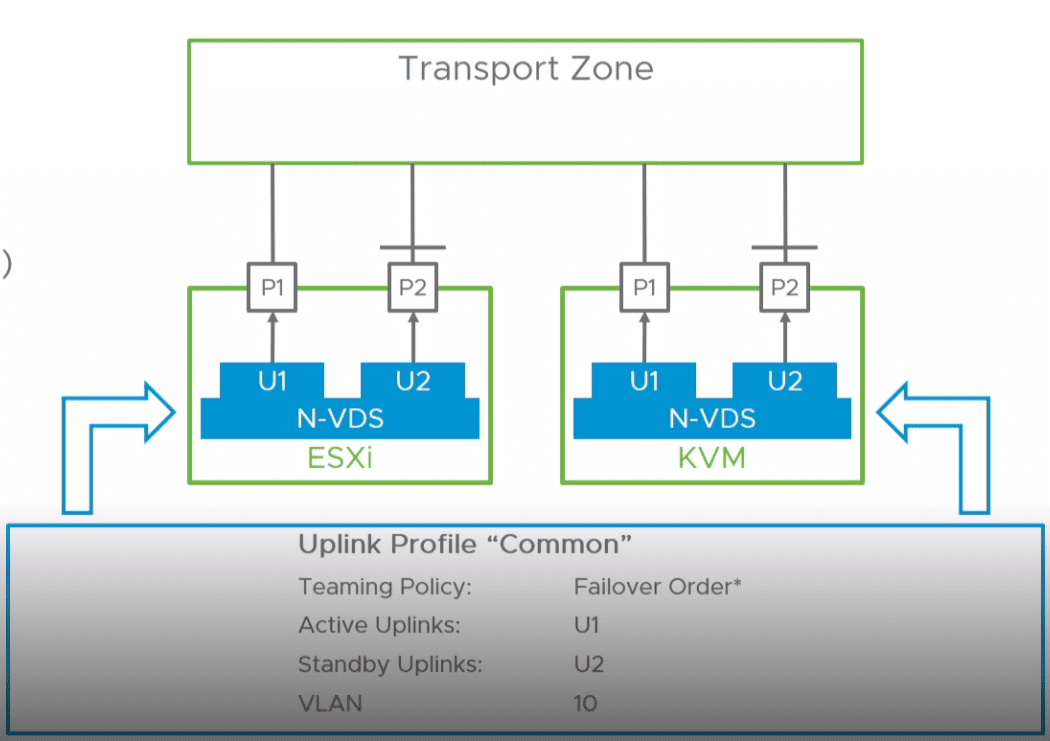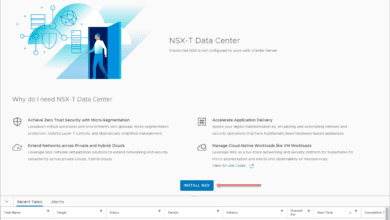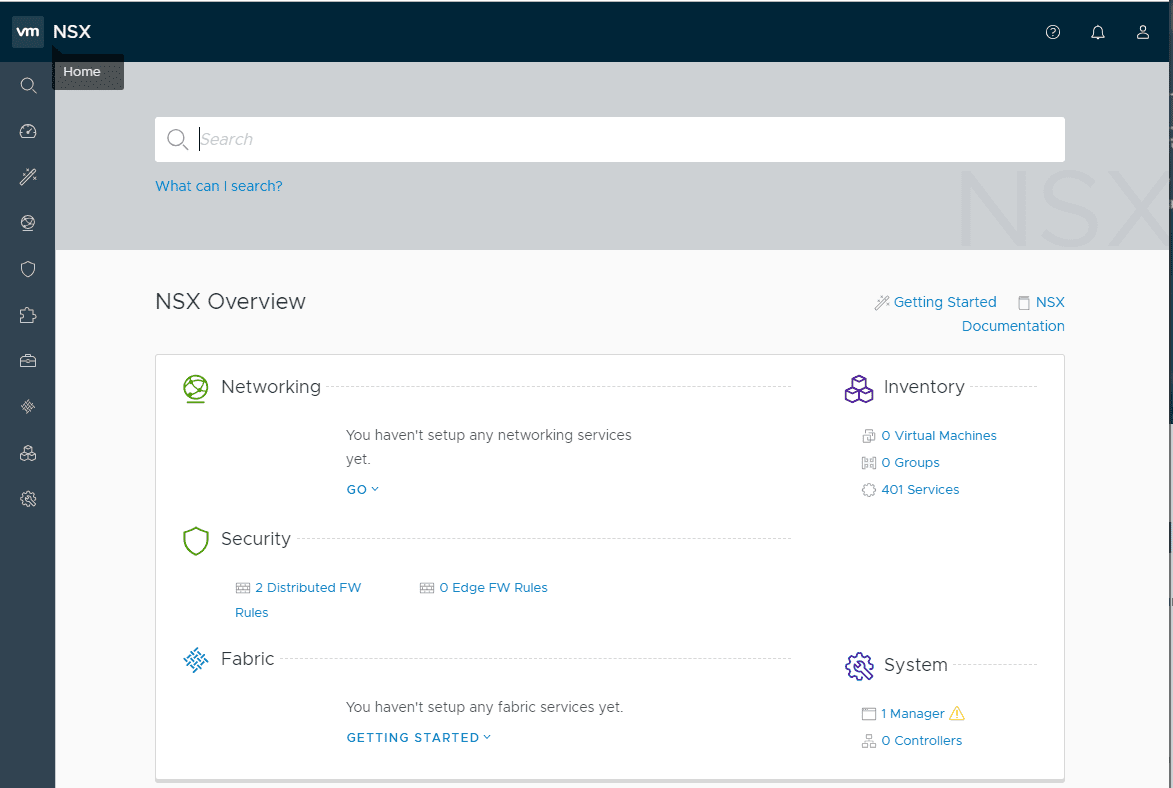Upgrading NSX-T 2.4 to 2.5 Step-by-Step
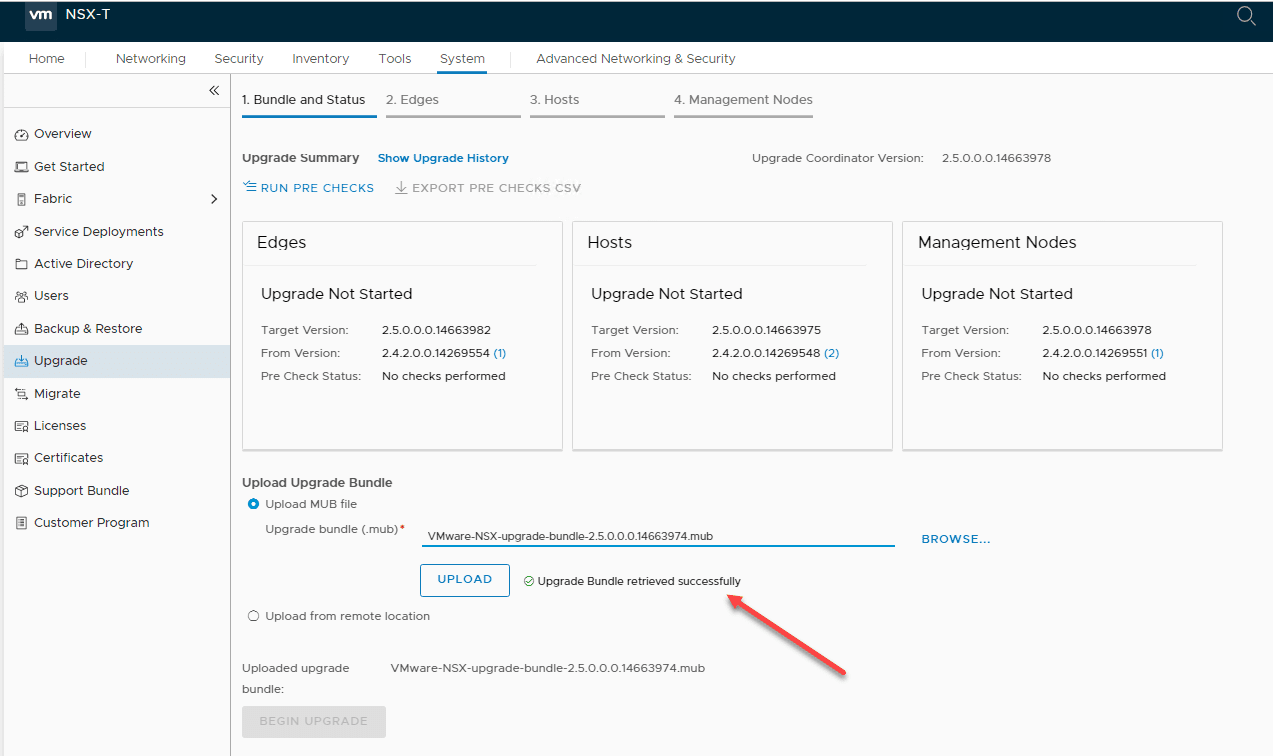
With the release of NSX-T 2.5, I have been ready to get the upgrade on my current NSX-T environment. There are many great new features with NSX-T 2.5 that make it a very worthy upgrade from previous installations of NSX-T. Check out our post here looking at the the new featurs contained in NSX-T 2.5 that make it a worthy upgrade from previous releases. What does the process to upgrade your NSX-T environment look like? Let’s take a look at upgrading NSX-T 2.4 to 2.5 step-by-step and see what is involved in this process.
Overview of the NSX-T Upgrade Process
VMware has posted a checklist to run through before upgrading your NSX-T environment. This includes checking various aspects of the environment. You may wonder what kind of impact is to be expected with the upgrade of NSX-T.
This all depends on the number of components you have to upgrade in your infrastructure. The process to upgrade NSX-T Data Center involves the following order of operations:
- NSX Edge cluster > hosts > management plane
Depending on the version of NSX-T you are coming from, the process may look slightly different.
As an overview of the NSX-T upgrade process, this is taken care of in multiple steps. Depending on the version of NSX-T you are coming from, the process may look slightly different.
- Prepare to the Upgrade Coordinator
- Upgrade the Upgrade Coordinator
- Configure and Upgrade Hosts
- Upgrade NSX Edge Cluster
- Ugprade NSX Controller Cluster
- Upgrade Management Plane
Upgrading NSX-T 2.4 to 2.5 Step-by-Step
Let’s take a look at Upgrading NSX-T 2.4 to 2.5 Step-by-Step with the screenshots of what I saw along the way. I wanted to preface the below screenshots with information about the environment.
This is a nested ESXi home lab environment. So each “cluster” I have configured in this particular environment is only running a single host. This led to having to do a few little things to make the upgrade work that you would most likely not see in production. Surprisingly though, as “non-production” as my environment was, the upgrade went through successfully.
First things first, after you are logged into the NSX-T Manager web interface, navigate to System > Upgrade.
Browse to and select your NSX-T upgrade MUB file. Then click Upload.
The upgrade file begins uploading.
After the file is uploaded, click the Begin Upgrade button underneath.
You will see a EULA prompt for acceptance to proceed with the upgrade.
As I did, you may see the message saying the Upgrade Coordinator component needs upgraded. So in effect, your upgrader needs an upgrade. The Upgrade Coordinator is the mechanism that is being invoked by the NSX-T Manager that coordinates and executes the rest of the upgrade. So, we first need to get it to the desired version state before upgrading the other components. Click Continue.
After a bit, the Upgrade Coordinator should show the coordinator should show the correct version. One nagging little thing I saw about the upgrade process is that I had to re-upload the 8 GB file again after the Upgrade Coordinator was upgraded. It would not allow proceeding forward until the upgrade MUB file was uploaded once again.
After uploading, it will verify and validate the upgrade file again before it is ready to proceed. Once the file is uploaded, you will once again be able to click the Begin Upgrade button.
After clicking Begin Upgrade, you will see the Run Upgrade Pre Checks dialog box. You can either skip the pre checks or Run Pre Checks. It is a wise choice to run the pre checks as this will help to flush out any errors or warning before you see them in the actual upgrade process.
Pre checks kick off across the environment on all the components.
I had a couple of pre check issues found regarding my hosts in the environment. This wasn’t a surprise since I was running two single host clusters.
After acknowledging the pre check findings, you can proceed forward. The first component you will upgrade in Step 2 are the Edges. Click the Start button to begin the upgrade on your Edge Cluster.
Once again, you will see a EULA agreement you will need to accept.
The upgrade of the Edge Cluster should proceed along.
The NSX-T Edge upgrade should complete successfully. Next up are the Hosts.
I liked the options you have on the Hosts screen. The settings available allowed me to make it through the home lab nested ESXi host upgrade without issues since I was able to control the process. Since I had two single host clusters, I needed to migrate a couple of VMs between them, including the Edge VM I had running on one host in one of the clusters.
The option for me in this case, Pause upgrade condition – After each group completes allowed me to successfully upgrade one cluster, then manually kick off the next. In between doing that, I was able to migrate my Edge VM to the other single host cluster before proceeding, since I needed them in maintenance mode for the upgrade of NSX-T.
As noted by the Pre Check, I needed to have the host in maintenance mode manually. After the failure, I manually placed the host in maintenance mode and the upgrade moved along.
Placing the host in maintenance mode before upgrading NSX-T.
The first host cluster NSX-T upgrade completes successfully. Now to migrate VMs to the other cluster.
Before upgrading the second cluster, I had to migrate VMs to the other cluster so I could put the single host in the cluster in maintenance mode.
Edge VM relocated, other host placed into maintenance mode.
Second host cluster upgrade of NSX-T begins.
All host clusters are now upgraded to NSX-T 2.5 components.
Finally, we come to the Management Node upgrade. Simply hit the Start button to begin.
You will see the message about limiting access to the management node during the upgrade and that the NSX-T Manager will be rebooted during the process. Click Start.
After a bit you may see the warning/error of sorts that the upgrade status could not be fetched. This is due to the reboot of the NSX-T manager. Just wait a bit and you will be able to Reload the NSX-T Manager interface.
After several minutes, I was able to log back into my NSX-T Manager. After navigating back to the Upgrade dashboard, I saw that all components were upgraded successfully and were showing NSX-T 2.5 as the version.
Wrapping Up
Hopefully, this walk through of Upgrading NSX-T 2.4 to 2.5 Step-by-Step will help any who may be looking to upgrade their NSX-T environment, or simply an overview of what the process looks like with NSX-T. I was pleasantly surprised that with such a non-standard environment as I had in the nested ESXi home lab, I still had a relatively smooth upgrade experience with NSX-T 2.5. This definitely helps to show the NSX-T product is getting some maturity and is ready for prime time.


